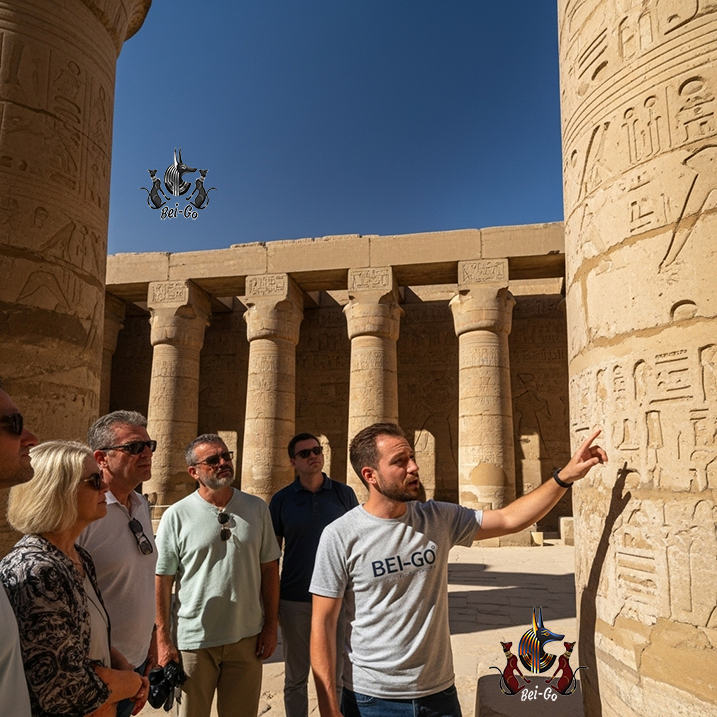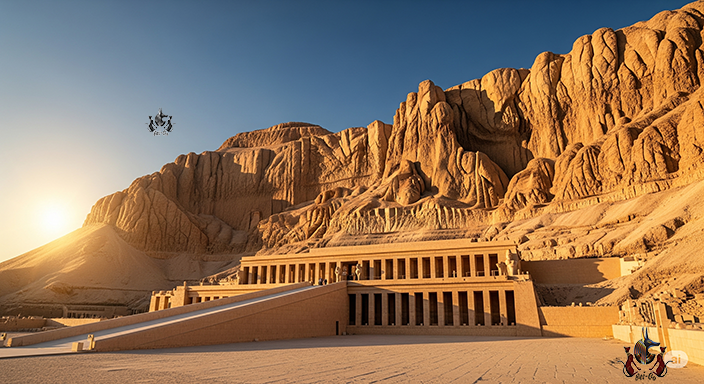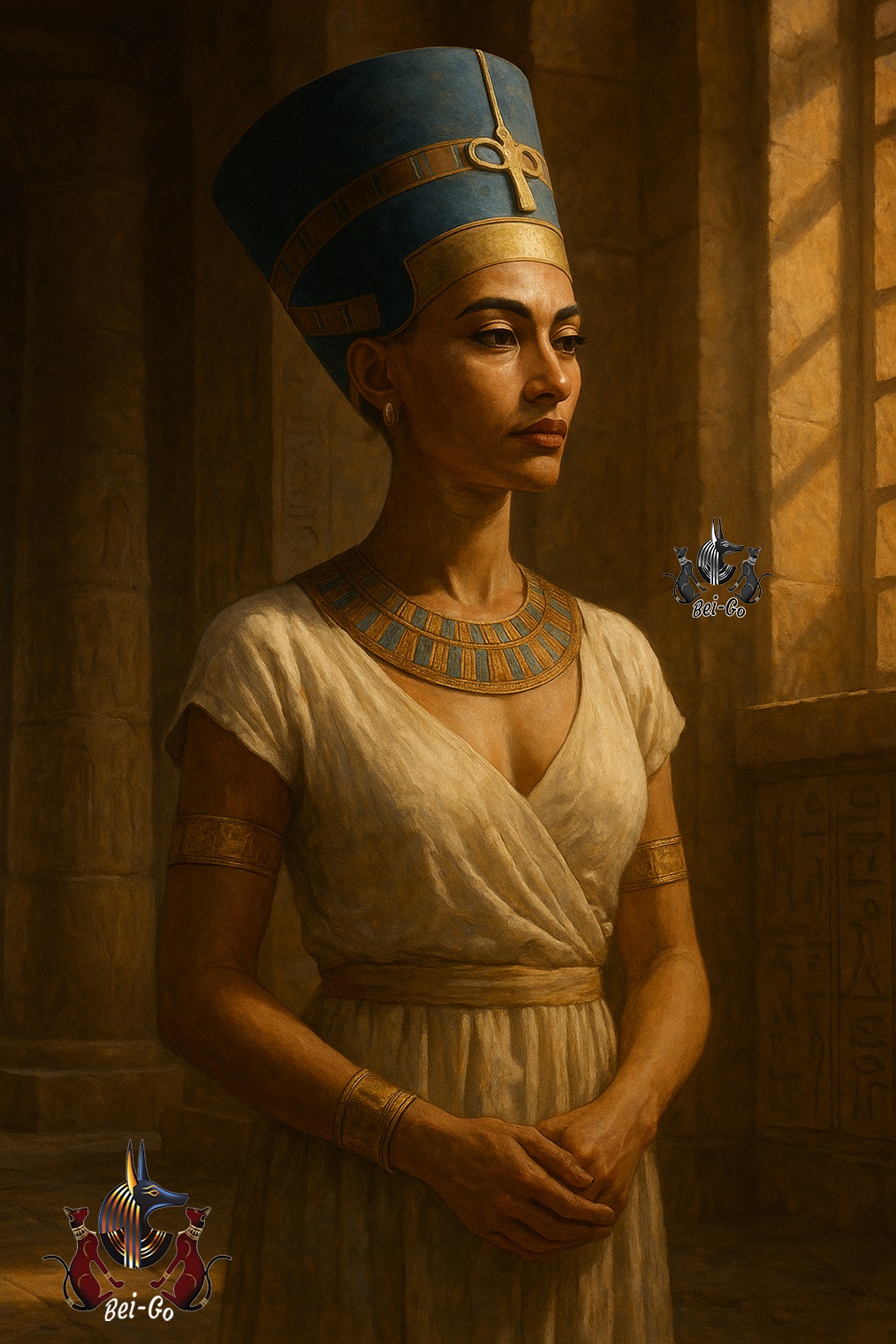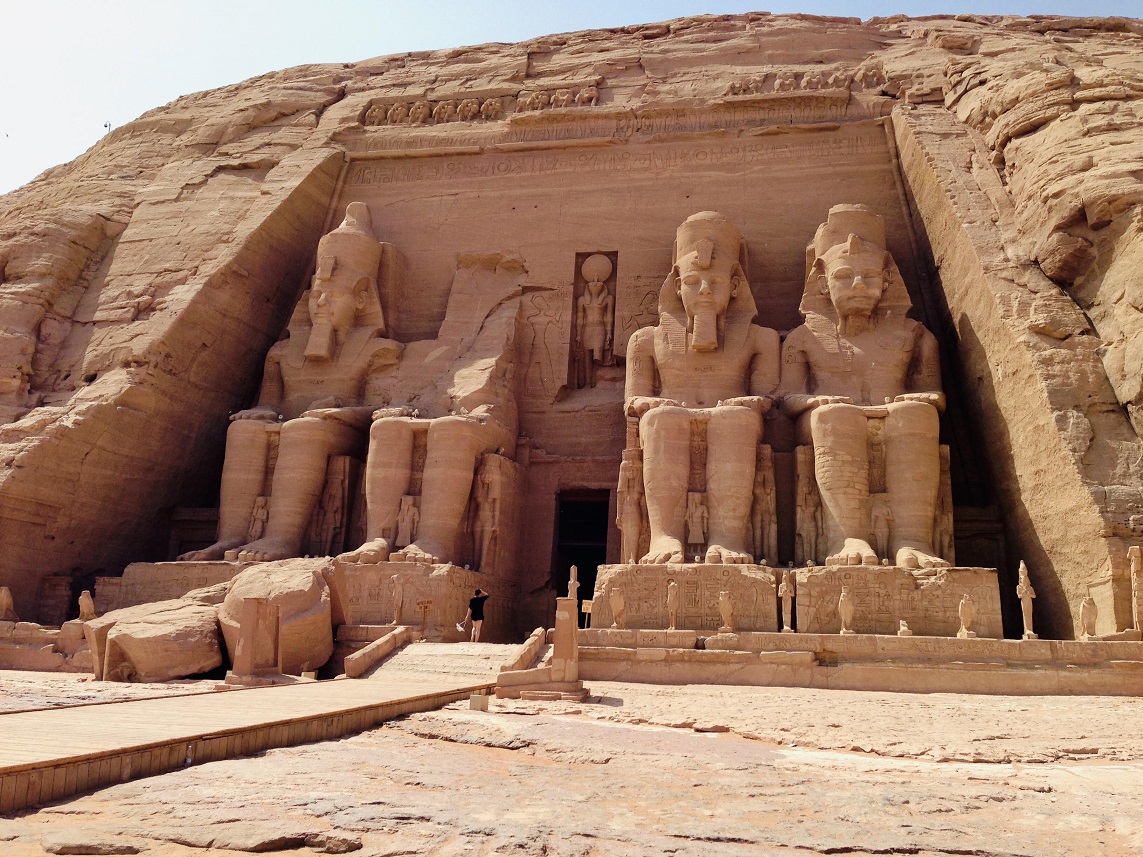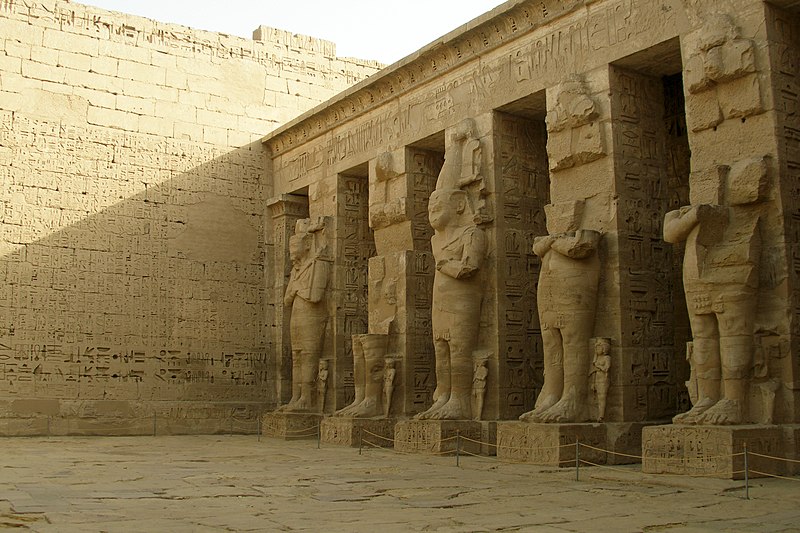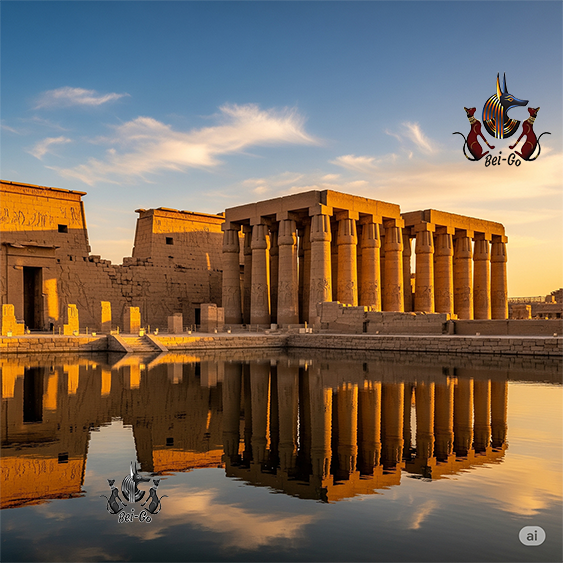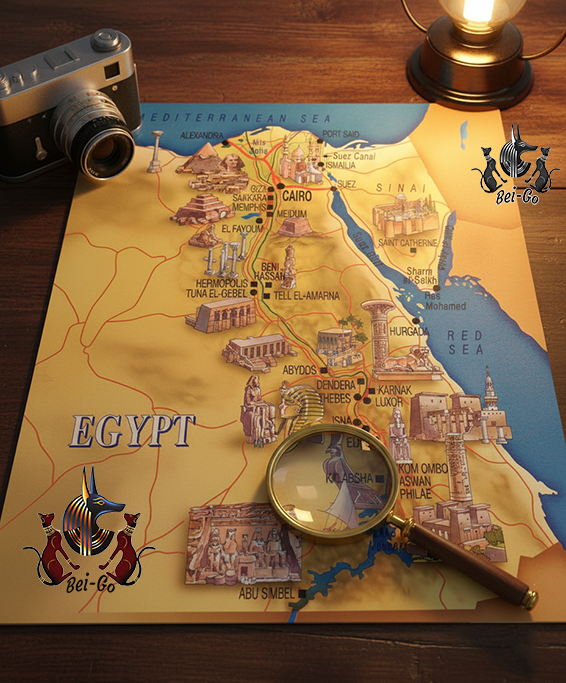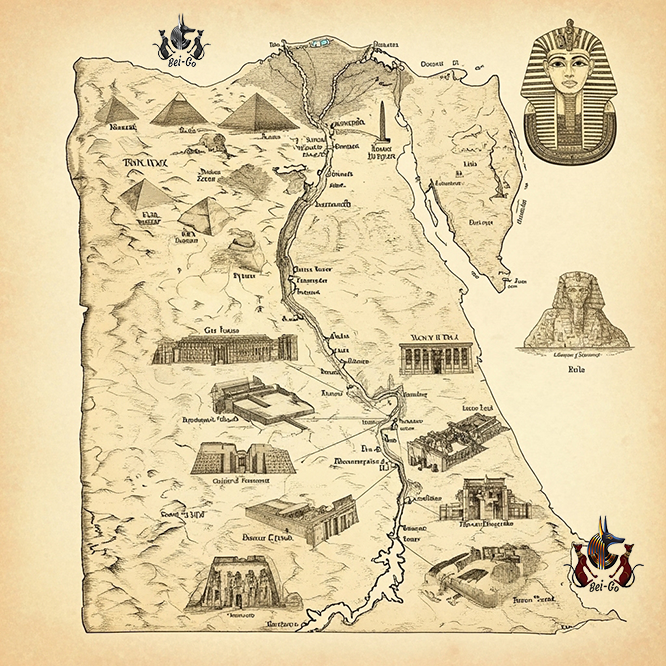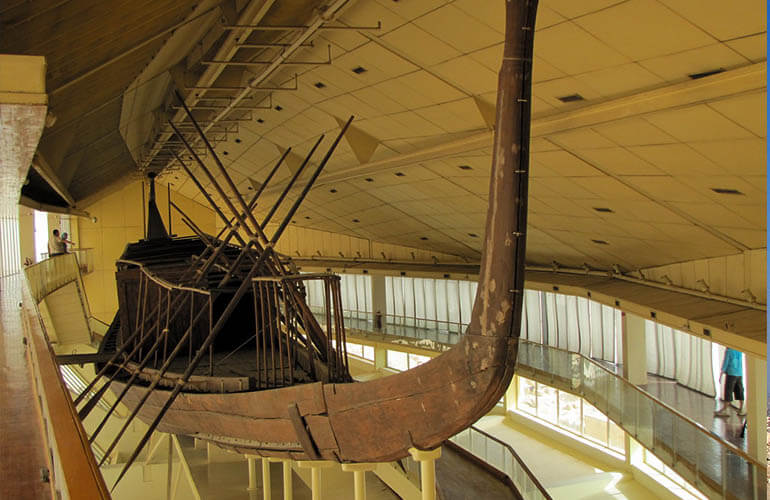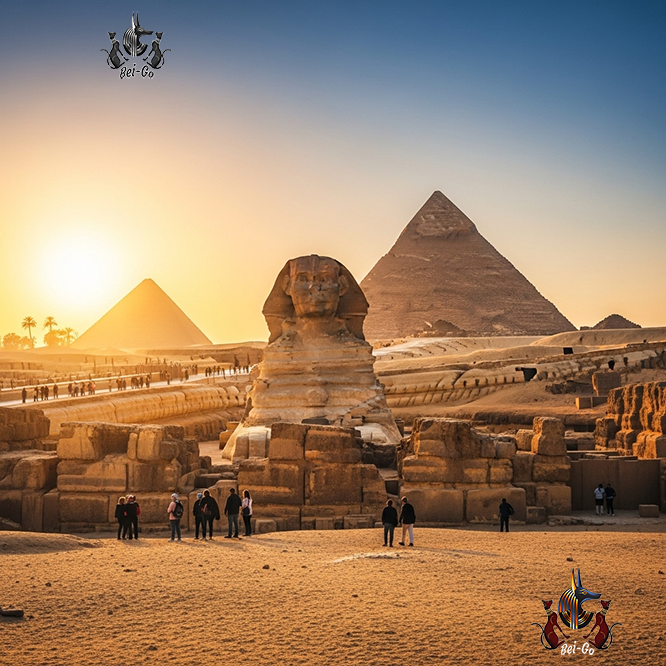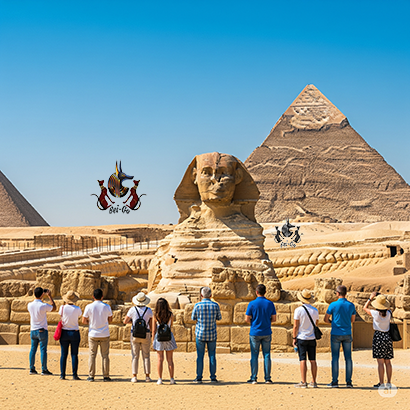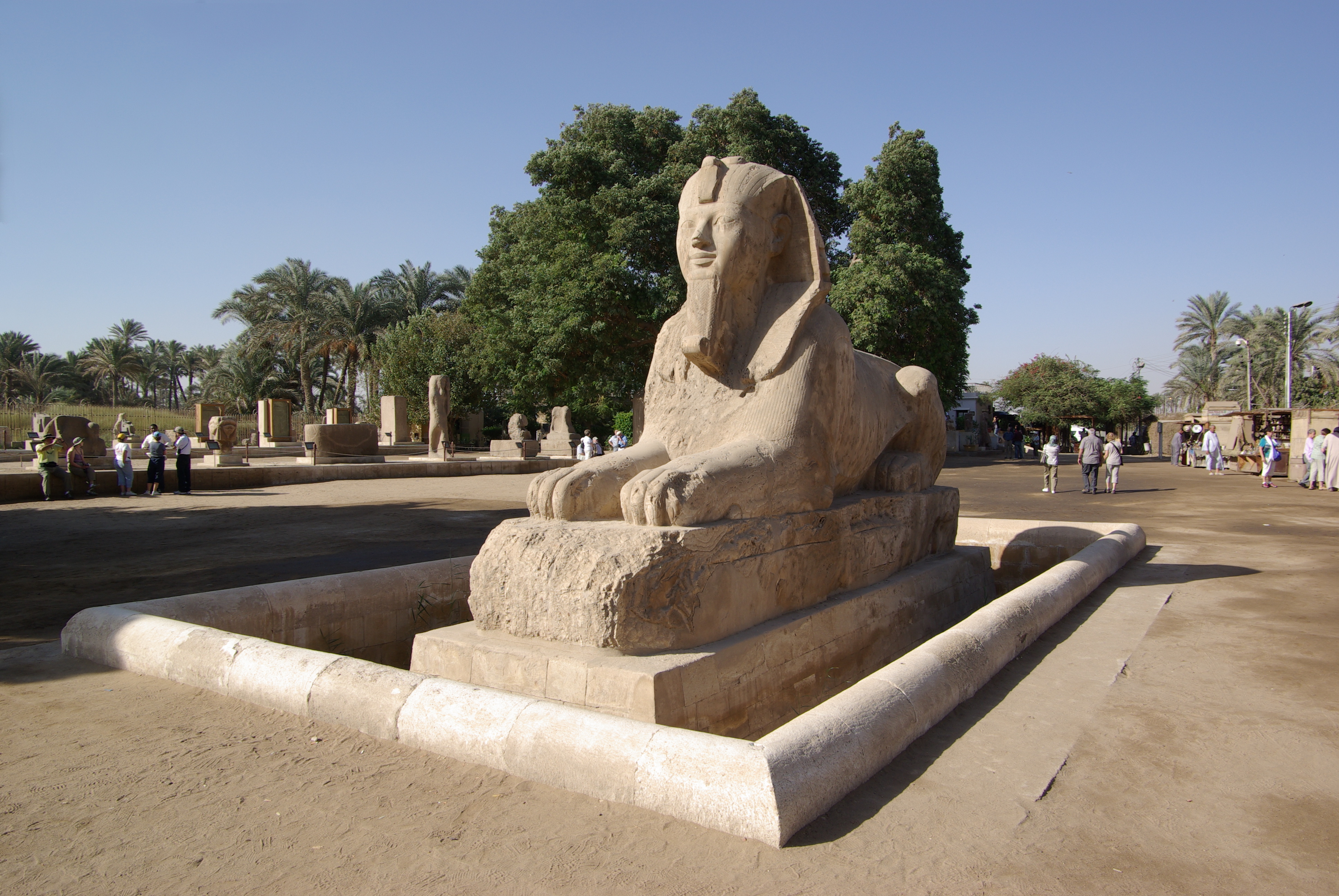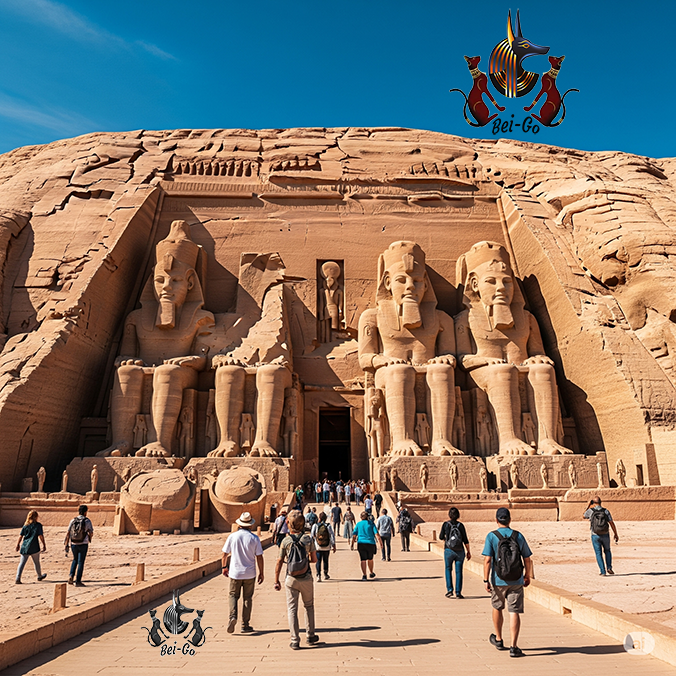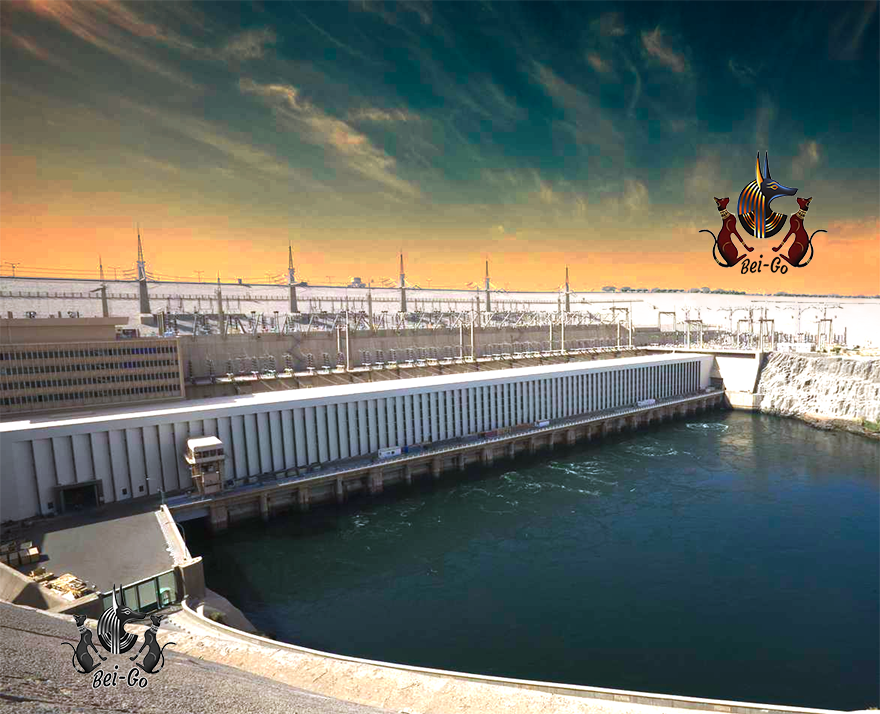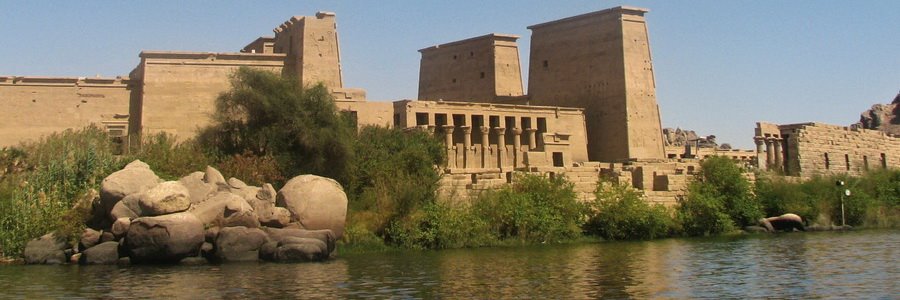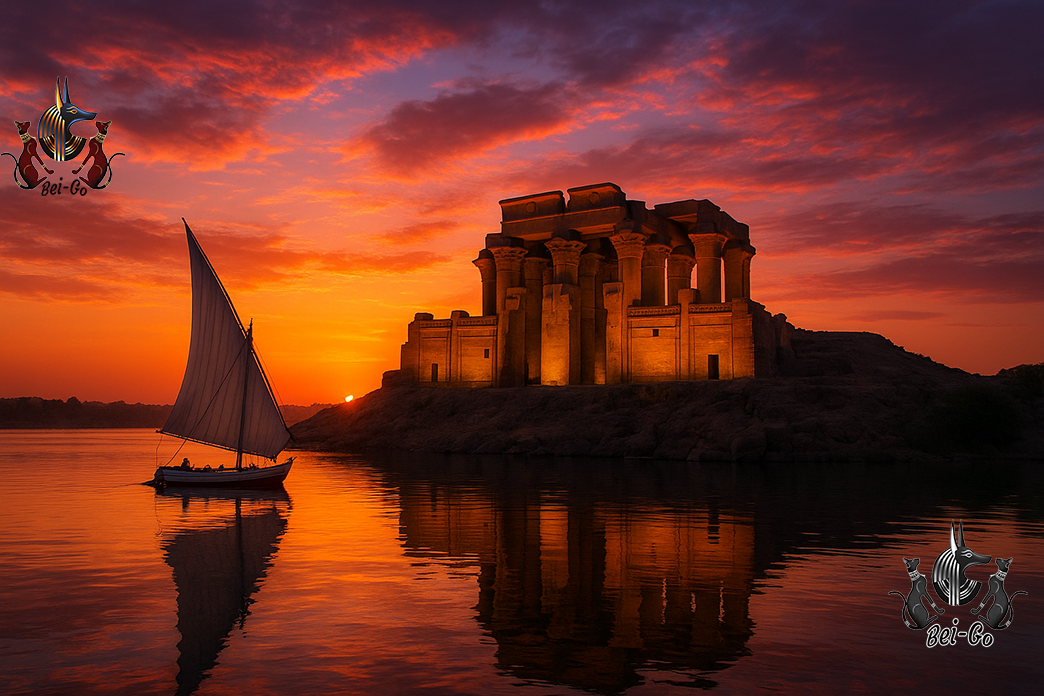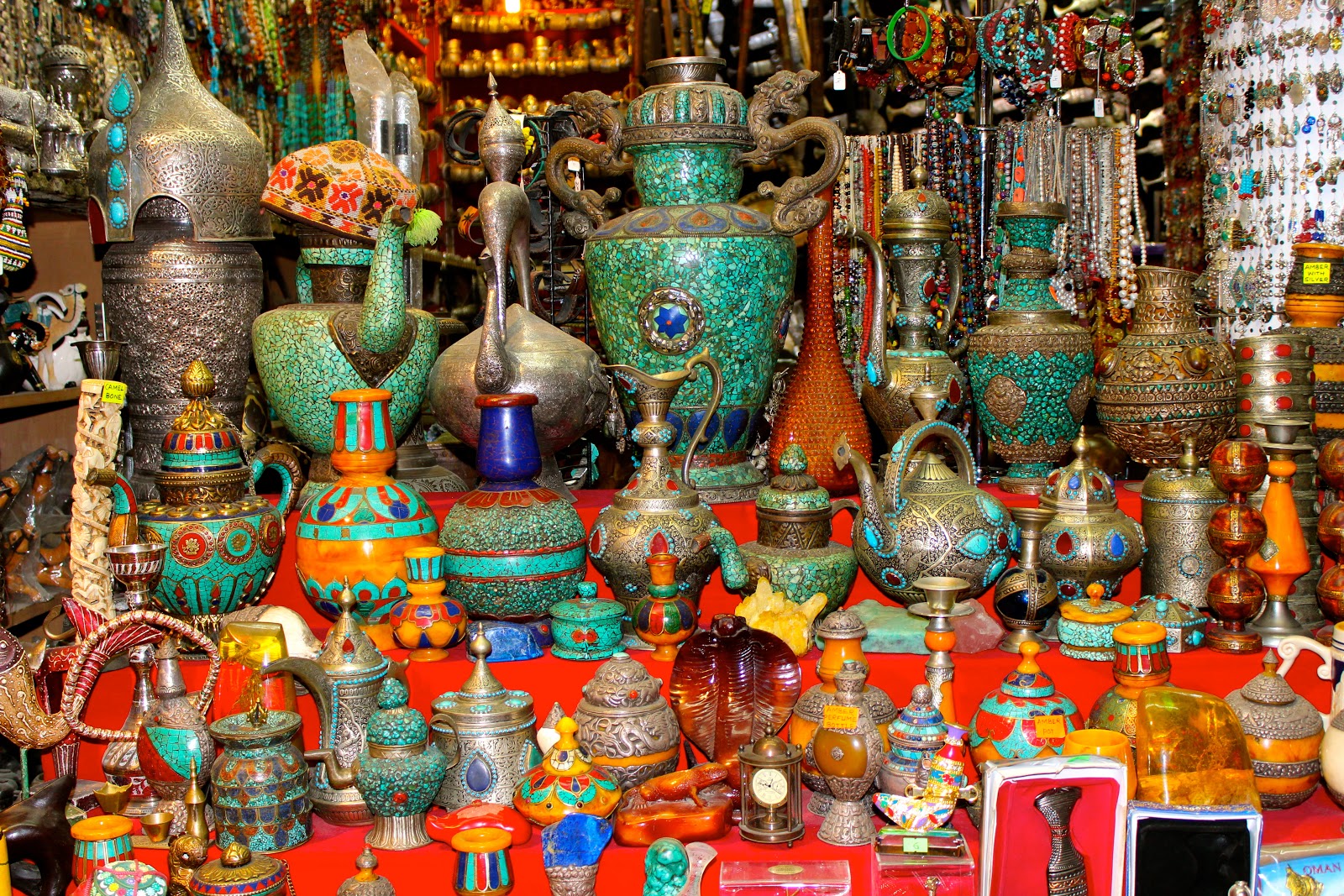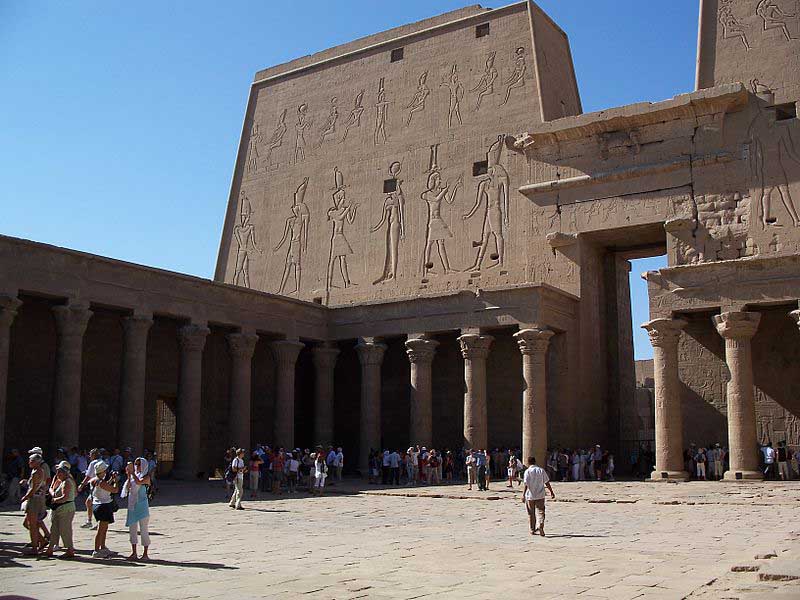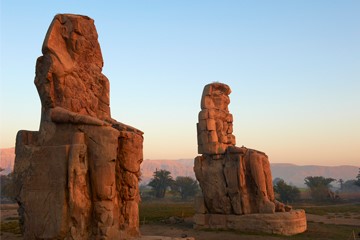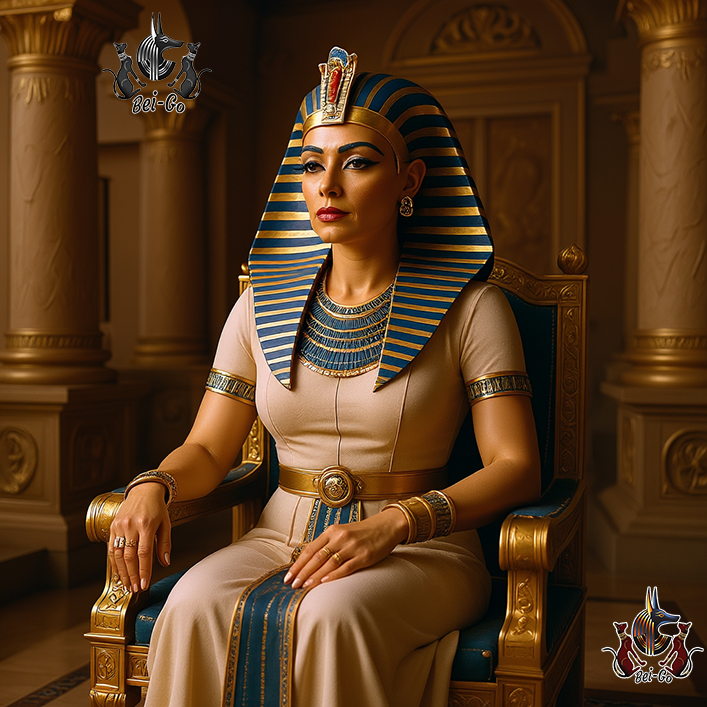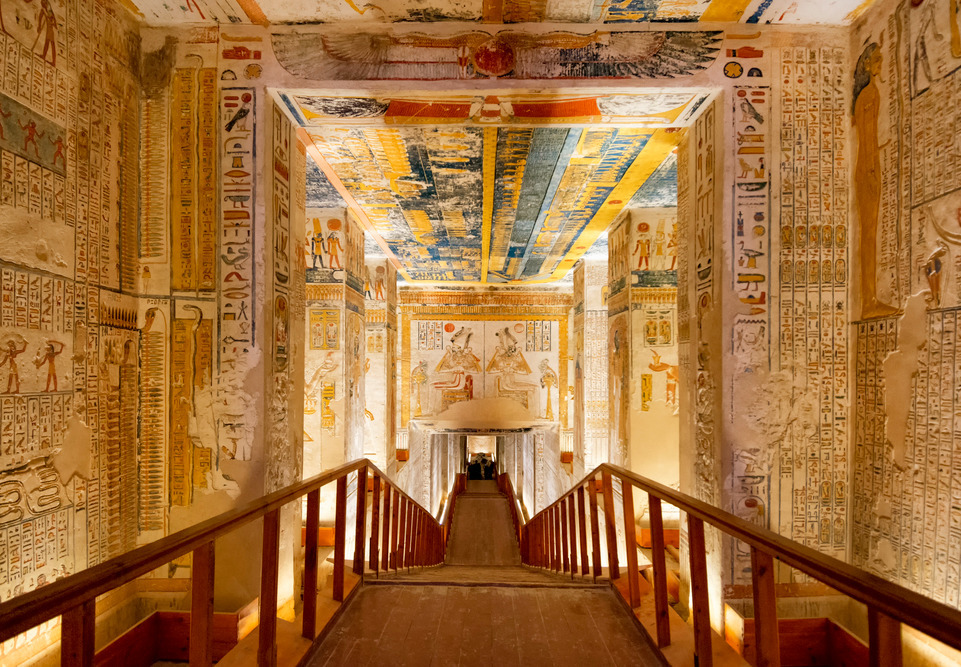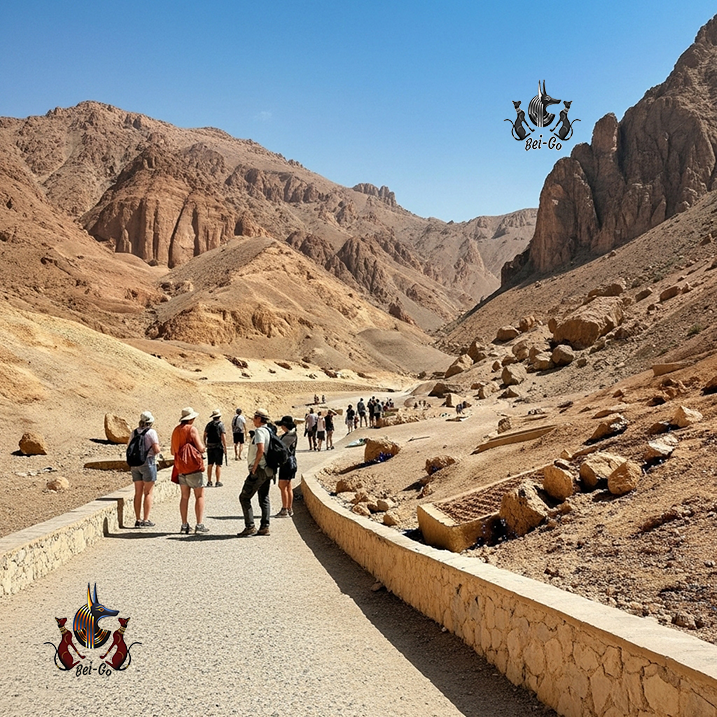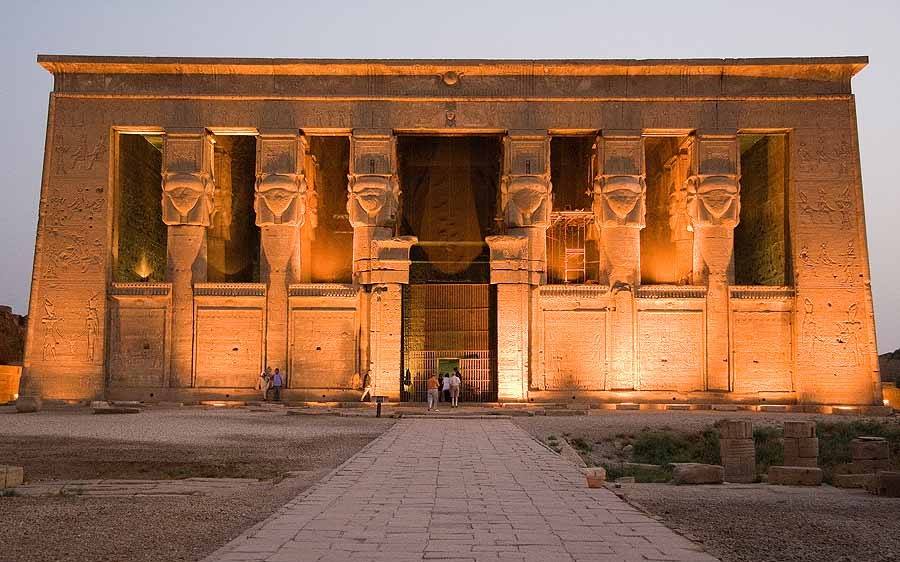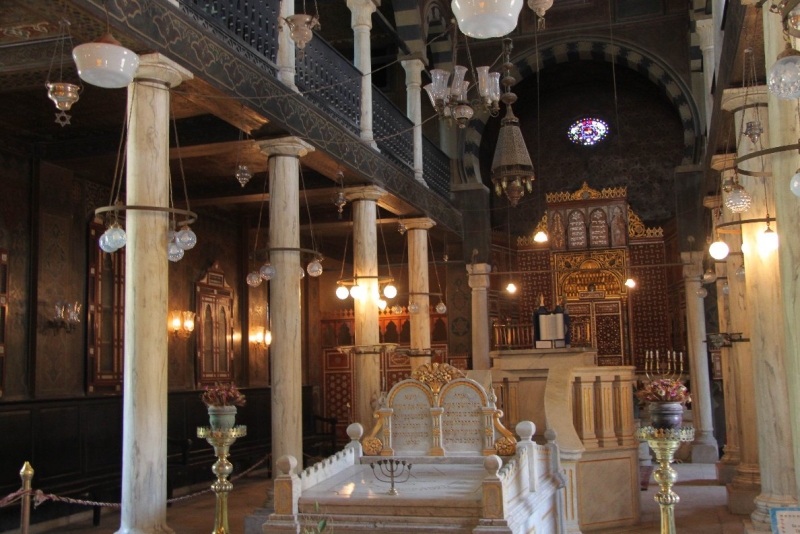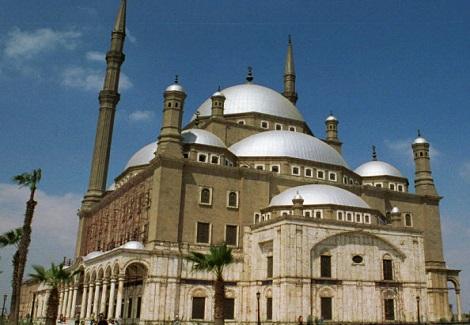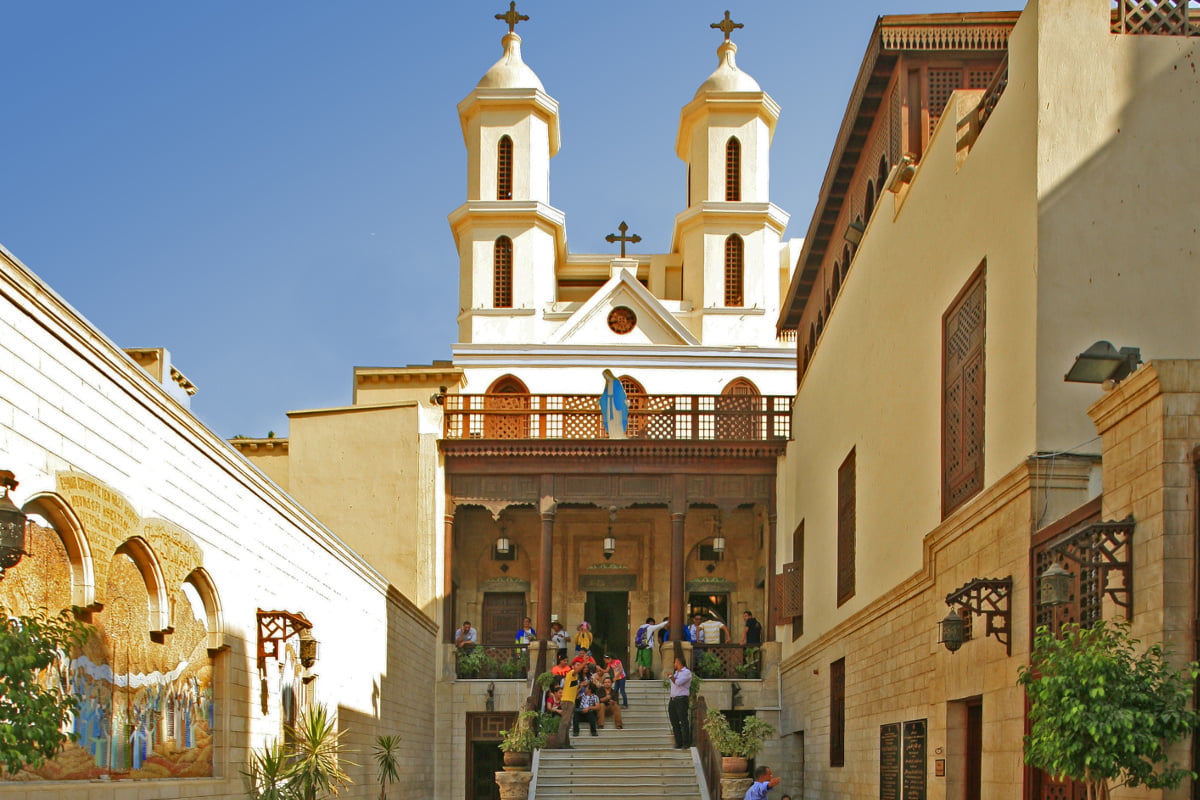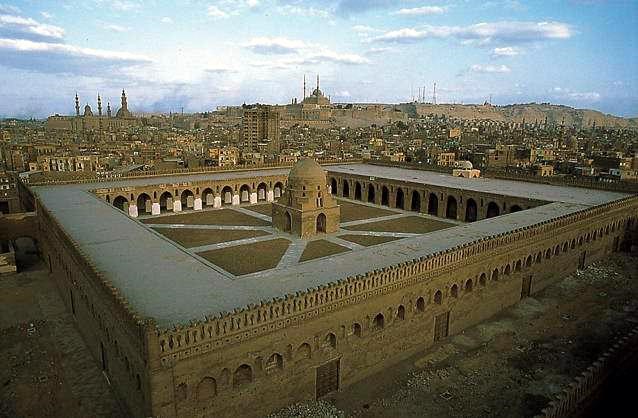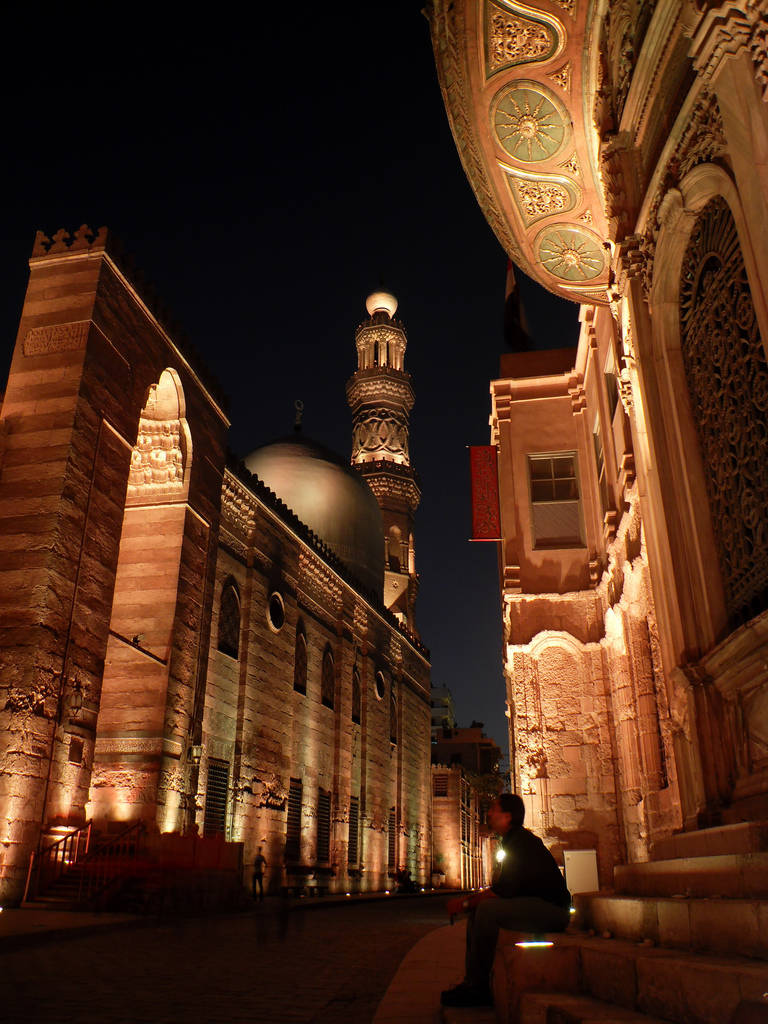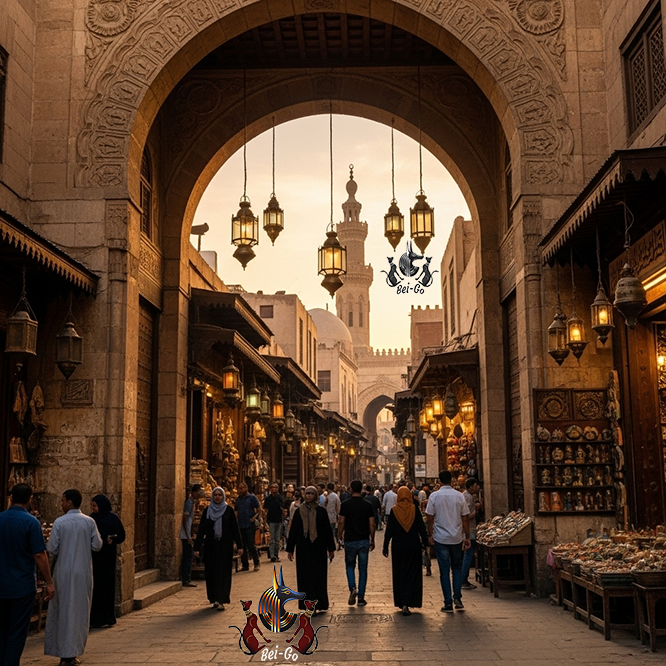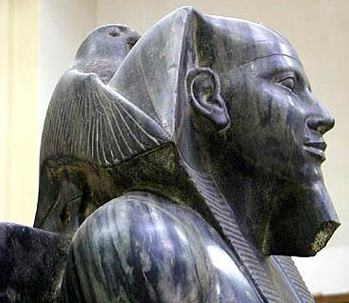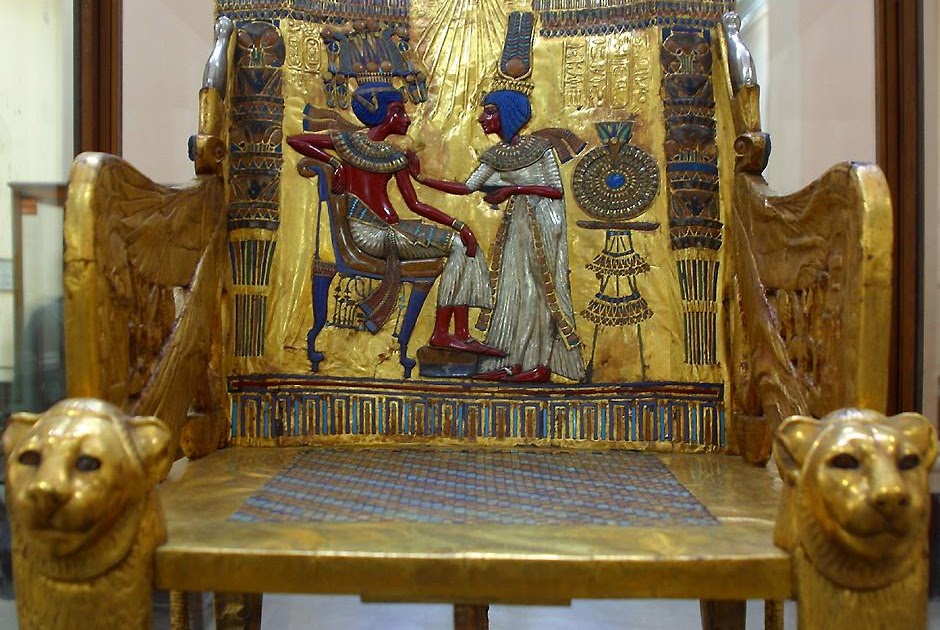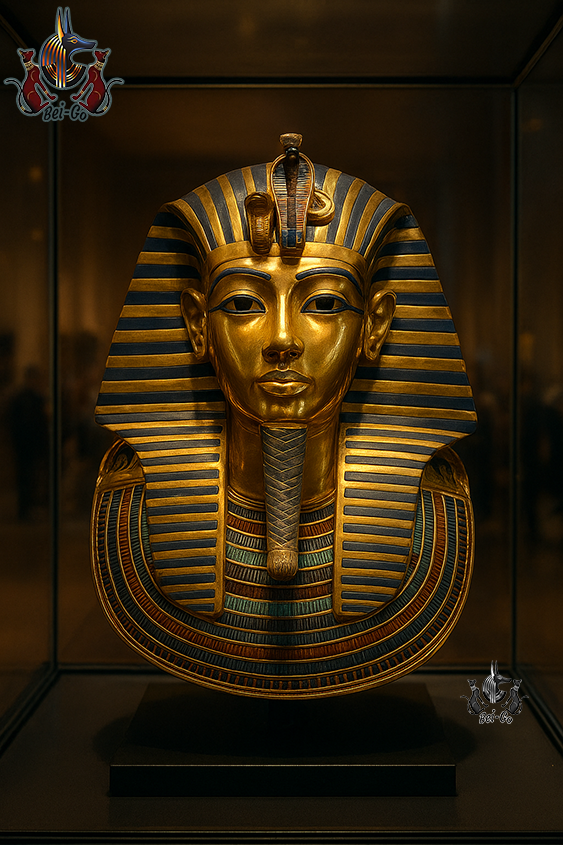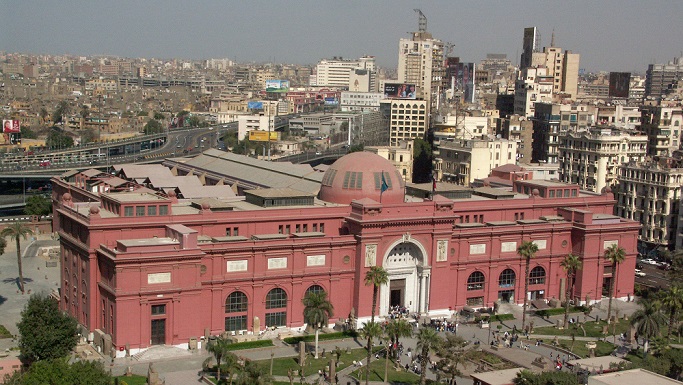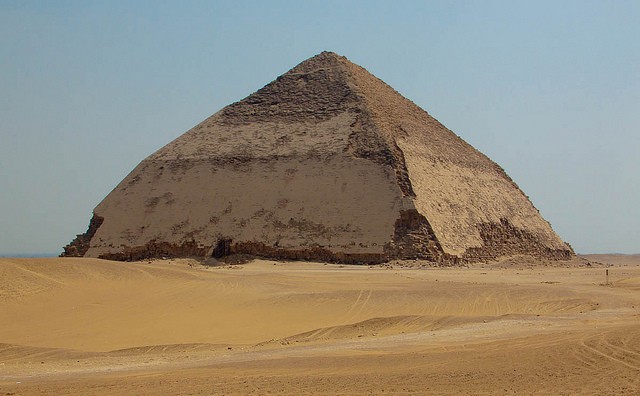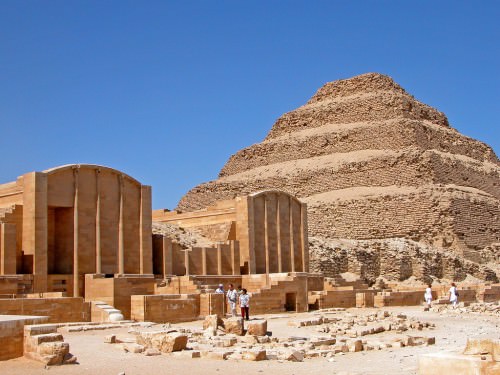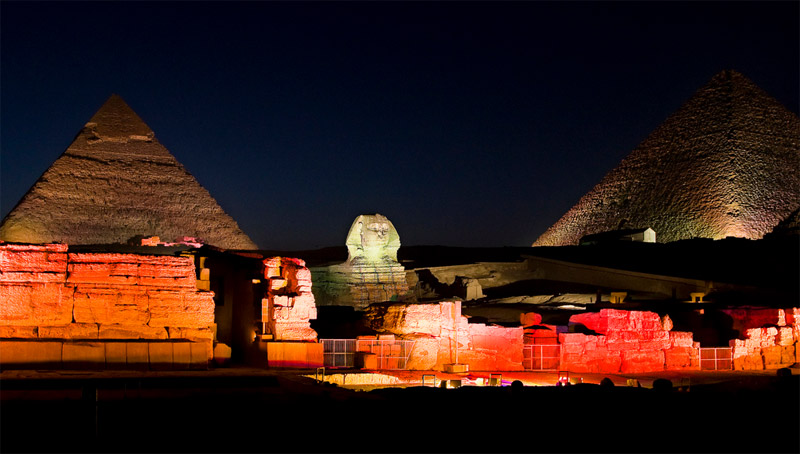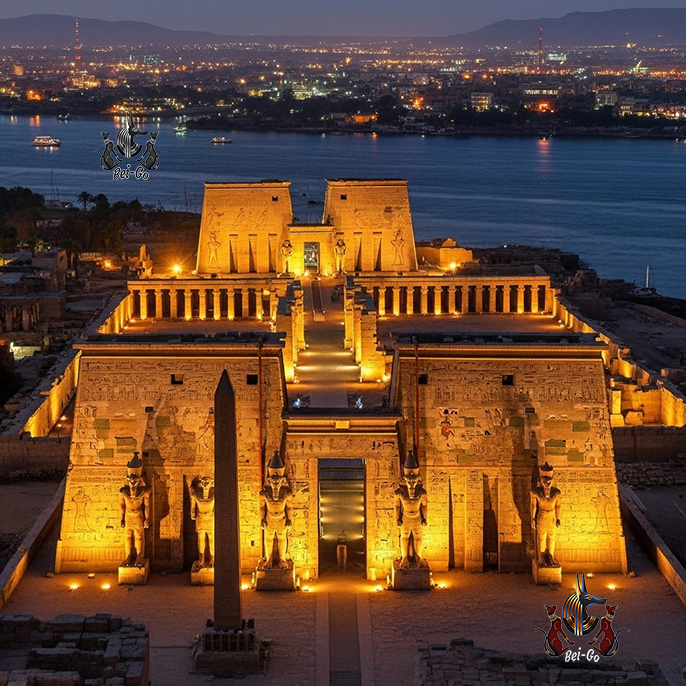
Luxor Temple: Journey to the Heart of Ancient Thebes

Historical Overview and Significance of Luxor Temple: A Journey Through Time
Luxor Temple stands majestically on the East Bank of the Nile, witnessing the grandeur and spiritual depth of the ancient Egyptian Empire. It is the jewel in the crown of any trip to Upper Egypt. This temple was not just a place for daily worship; it was dedicated to the Theban Triad: Amun, Mut, and Khonsu, and was famously known as the "Southern Harem of Amun." Construction began under Pharaoh Amenhotep III around 1400 BCE, with significant expansions and additions later made by Ramesses II, who added the massive Pylon and the open courtyard, giving it a unique architectural character that blends different time periods. It is an unmissable site when considering travel to Egypt, allowing visitors to delve into the roots of civilization. The temple's religious importance lay in its being the focal point for the annual "Opet Festival," a great religious rite where the statues of the gods were transported from Karnak Temple to Luxor via the Nile, in an impressive procession that unified the nation. Planning your vacation to coincide with similar local celebrations adds an unforgettable cultural dimension. Discover more about these historical destinations before your travel on the global Bei-Go platform.
Architectural Design and Main Sections: Secrets of Ancient Construction
Luxor Temple is an architectural masterpiece embodying the precision and genius of ancient construction, designed to narrate a complete religious and historical story. The visit begins with the colossal Pylon built by Ramesses II, adorned with reliefs detailing his victories in the famous Battle of Kadesh, in addition to the remaining granite obelisk (the other one stands in Paris). Behind the Pylon lies the Court of Ramesses II, surrounded by two rows of columns shaped like bundles of papyrus, creating a sense of awe and grandeur. A trip to Egypt cannot be complete without exploring the great Colonnade of Amenhotep III, a passage featuring 14 massive columns decorated with detailed carvings depicting the Opet Festival procession, evidence of the temple's spiritual importance. Every part of this structure holds a special symbol; from the Birth Chamber, which illustrates the divine birth of Amenhotep III, to the Shrine of Alexander the Great, which shows the temple in a state of continuous historical transformation. To plan your travel to Luxor and explore all these corners, your guide Bei-Go provides the best advice.
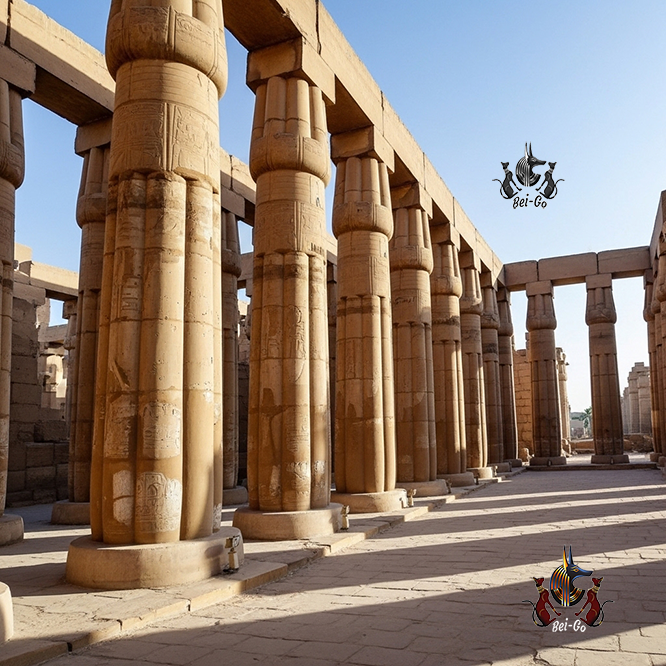
The Temple's Function and Role in Ancient Egyptian Rituals: Axis of Celebrations
Luxor Temple is considered a vital religious center, not only for its architectural composition but for its pivotal role in hosting major religious rites, foremost among them the Opet Festival. This festival, held annually during the flood season, represented a renewal of the power of Amun and the legitimacy of the reigning monarch, being the most prominent event in the ancient Egyptian calendar. The purpose of this symbolic travel of the gods from Karnak to Luxor was to promote fertility and regeneration. The murals and inscriptions within the temple precisely document these rites, showing the sacred boats carrying the statues of the gods in a massive procession involving priests, dancers, and the public. Exploring these illustrated stories inside the temple is, in itself, an unforgettable cultural trip. In addition to the Opet Festival, the temple was used for royal coronation ceremonies, being viewed as a symbol of the king's rebirth and his connection to the deities. Understanding the temple's function adds great depth to any archaeological vacation in Egypt, where you see the stones speak of history and spirituality. Don't miss the opportunity to delve into these details during your next trip.
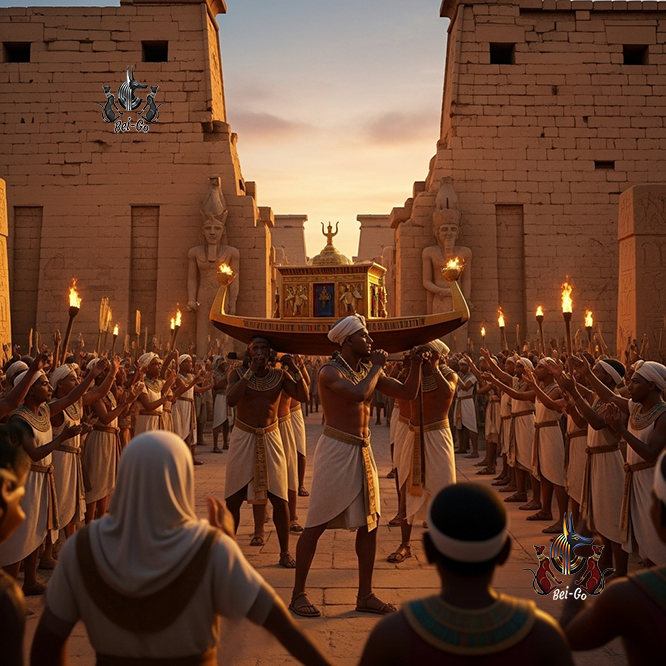
Inscriptions and Murals of Luxor Temple: Illustrated Stories from Ancient Egypt
The walls of Luxor Temple house an exceptional collection of inscriptions and murals that serve as an illustrated library of ancient Egyptian history and beliefs. These engravings are true treasures for anyone undertaking travel in search of a deep understanding of the civilization. Particularly prominent are the reliefs in the "Birth Chamber," which narrate the divine birth of King Amenhotep III, showing the gods participating in his creation and establishing his legitimacy as the son of Amun. Furthermore, the inscriptions on the first Pylon detail Ramesses II's military victories, specifically the Battle of Kadesh against the Hittites, offering a unique perspective on Egyptian military might. The original colors that still survive in some interior parts of the temple, especially in the sanctuaries and chapels, are stunning and add vibrancy to the illustrated stories. It is highly recommended to hire an expert guide during your vacation to understand the complex meanings of these hieroglyphs and drawings. These intricate details make a trip to Luxor Temple an intellectual and spiritual adventure. Organizing your tour and understanding these inscriptions greatly enriches your archaeological experience.
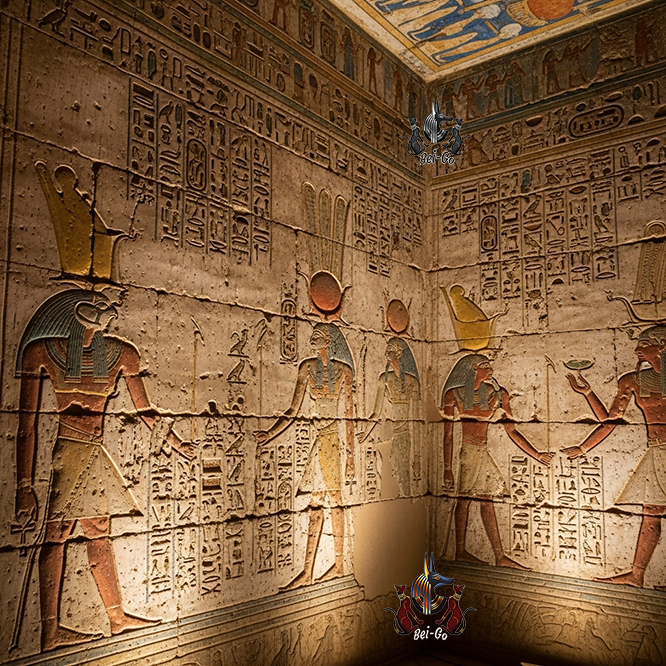
The Charming Vistas of Visiting Luxor Temple at Sunset and Night: The Magic of Lights
Visiting Luxor Temple gains a magical dimension at sunset, as this period is the ideal time to experience the temple's architectural beauty away from the daytime heat. The ancient sandstone transforms into fiery gold as the sun descends, providing a perfect opportunity for photography on your trip. When darkness falls, floodlights illuminate the entire temple, creating an astonishing contrast between shadows and soaring columns, lending an atmosphere of mystery and majesty. Strolling among the colossal statues and lit courtyards at night is a unique and unforgettable experience, making travel to Luxor entirely worthwhile. This evening tour is completely different from a daytime visit, where calm and tranquility prevail, allowing for deeper historical contemplation. Touring the temple's perimeter in the evening also allows you to see the towering Abu Al-Haggag Mosque, built within the temple court, illuminated, highlighting the site's unique historical and religious overlap. Feel free to use Bei-Go services to organize an unparalleled evening tour to this destination.
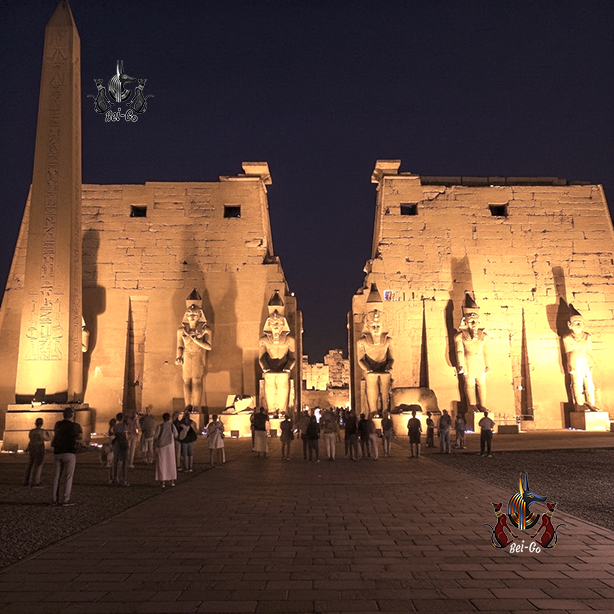
Historical Developments and Architectural Transformations: From Pharaonic Temple to Church and Mosque
Luxor Temple is a living record of Egypt's multilayered history, as its use was not limited to the Pharaonic era; it was transformed to serve successive civilizations and religions. During the Roman occupation, part of the temple was converted into a military fortress, and some Roman fortifications are still visible. Later, in the Coptic era, a Christian church was built inside the Court of Amenhotep III, and remnants of ancient Christian frescoes can be seen beneath the Pharaonic inscriptions in some places, highlighting the historical overlap in any cultural vacation. This diversity is a wonderful example of how archaeological sites adapt and change their function over thousands of years. The most prominent transformation is the construction of the Mosque of Sidi Abu Al-Haggag Al-Luxori over the northeastern section of the temple. This mosque, which remains standing and in use today, represents a unique coexistence between ancient Pharaonic architecture and modern Islamic architecture, a rare sight found when you travel to Luxor. Exploring these architectural and functional transformations adds tremendous depth to your trip to the site.
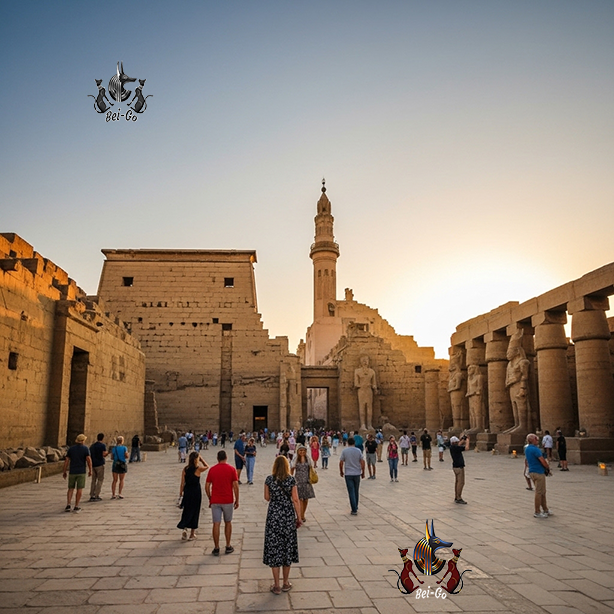
Guided Tour Experiences and Deep Dive into Temple Details: Discovering Every Corner
To get the most out of your trip to Luxor Temple, investing in a specialized guided tour is highly recommended. A qualified guide can unveil the secrets hidden behind every column and inscription, transforming a simple stroll into an interactive history lesson. The experience of archaeological travel differs significantly when you can understand the context of the reliefs describing royal celebration rituals or religious conflicts. In-depth tours should focus on areas such as the Court of Amenhotep III, where architectural grandeur is evident, and the "Chamber of Alexander the Great," which highlights the Hellenistic modifications to the temple. When planning your vacation, be sure to allocate 3-4 hours to fully explore the temple, focusing on aesthetic and historical points like the obelisk and the Court of Ramesses. Use the Bei-Go platform to plan your itinerary and connect with reliable local guides, ensuring an information-rich experience and making your trip to Luxor a memorable cognitive investment.
